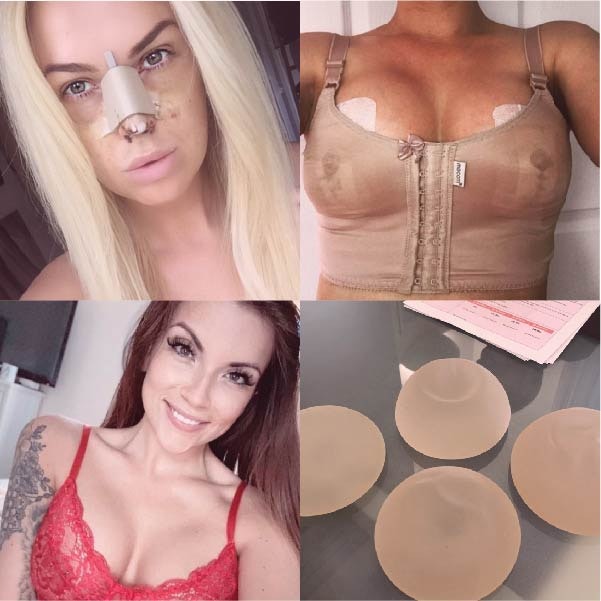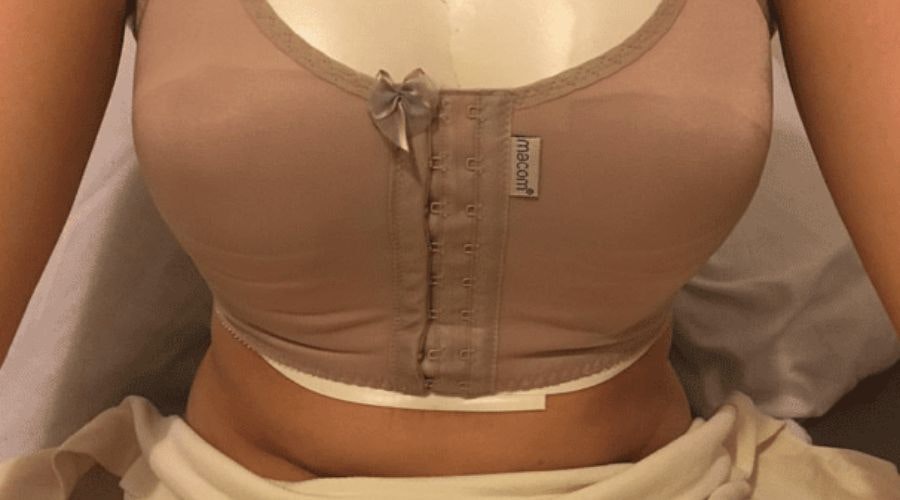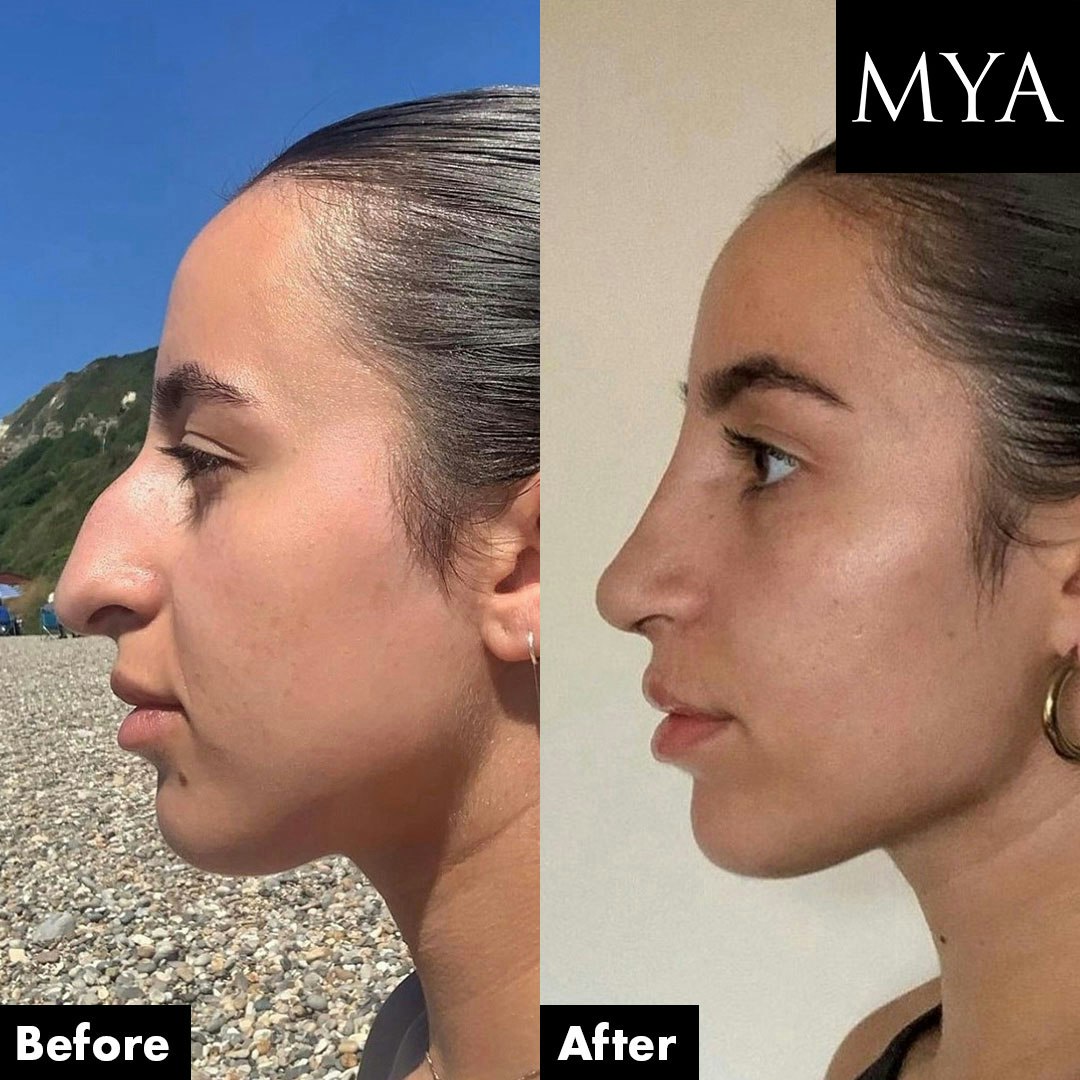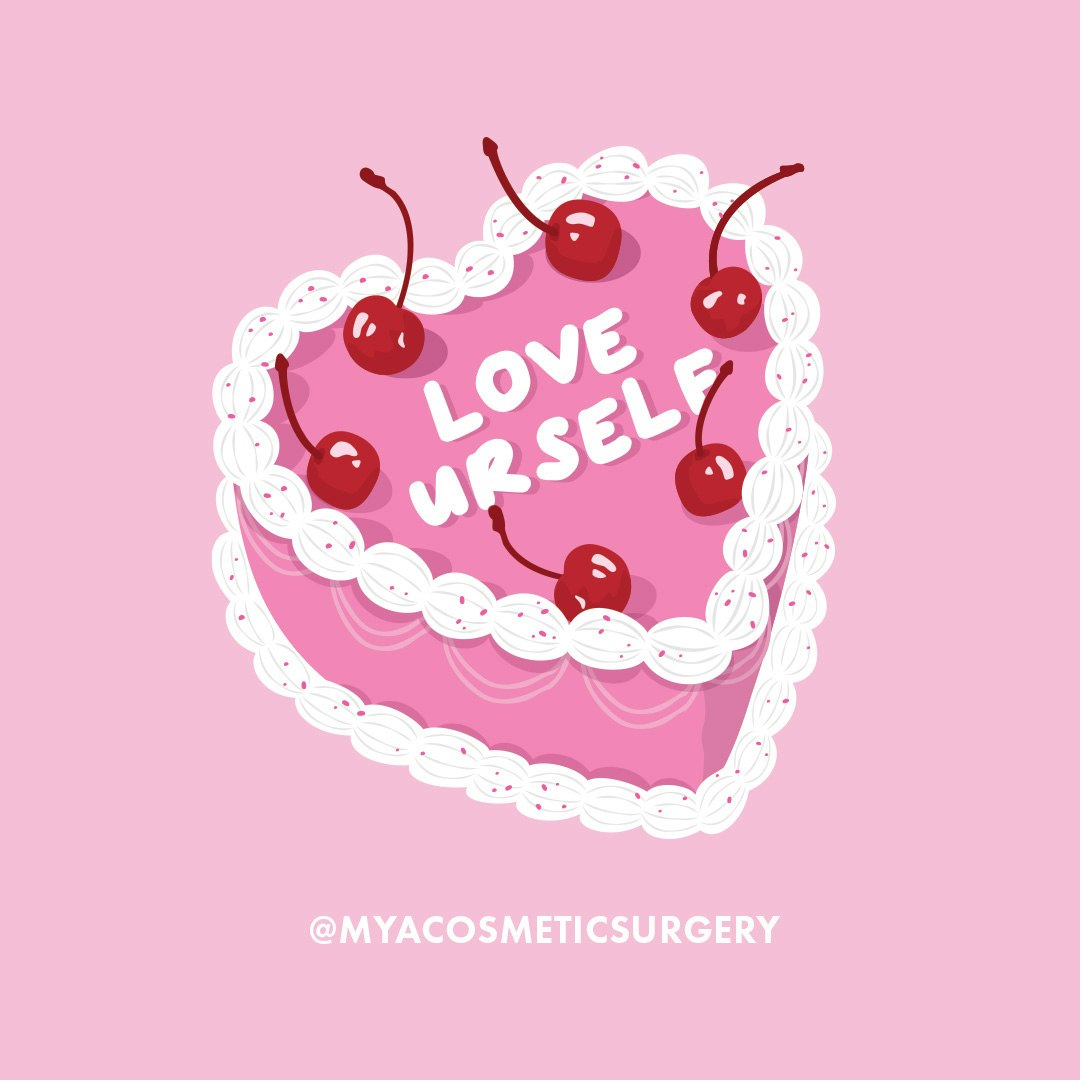
Vaginal Prolapse Repair
Book Your Free Consultation-
Time in Theatre
1 - 3 Hours
-
Hospital Stay
1 Night
-
Return to Work
2 Weeks
-
Recovery Time
4 - 6 Weeks

FAQs about vaginal prolapse repair
Your Community and MYA Social
If you’re researching cosmetic surgery, make sure you check out our amazing collection of MYA patients’ Instagram journeys. These accounts are a valuable source of information for anyone wanting to learn more about the cosmetic surgery process.
Explore Our Community“We believe that everybody and every body is unique”
MYA Cosmetic Surgery
Your Patient Journey With MYA
3 ways to book your consultation with us
Book your consultation with us today in whichever way works best for you.


The MYA Patient Portal
MYA are the only cosmetic surgery provider with an online Patient Portal. We’ve created a bespoke product to help our patients access their information whenever they want and to make their journey with us more seamless.
Learn moreJoin our community
Across the MYA community with our social media channels, MYA Space Forum and YouTube Channel we share a wide range of MYA stories showcasing not only the physical changes but positive psychological changes that can come with undergoing cosmetic surgery.
MYA Forum

MYA Forum
The MYA forum is made up of 84,000 members who are on hand to share their experiences and advice, answering questions and even sharing their personal before and after images.
Blog

Blog
The MYA Blog explores all things Fashion & Beauty, Celebrities, News and insightful Ask an Expert Articles guaranteed to answer all your questions about starting your MYA Journey.
Check out our latest Insta posts
🇬🇧 UK’s Leading Breast Specialist 🔞 18+ only 🙋🏽♀️ Happiness through Healthcare 💕 #MYAGIRL #MYASelfie #MYAStory














